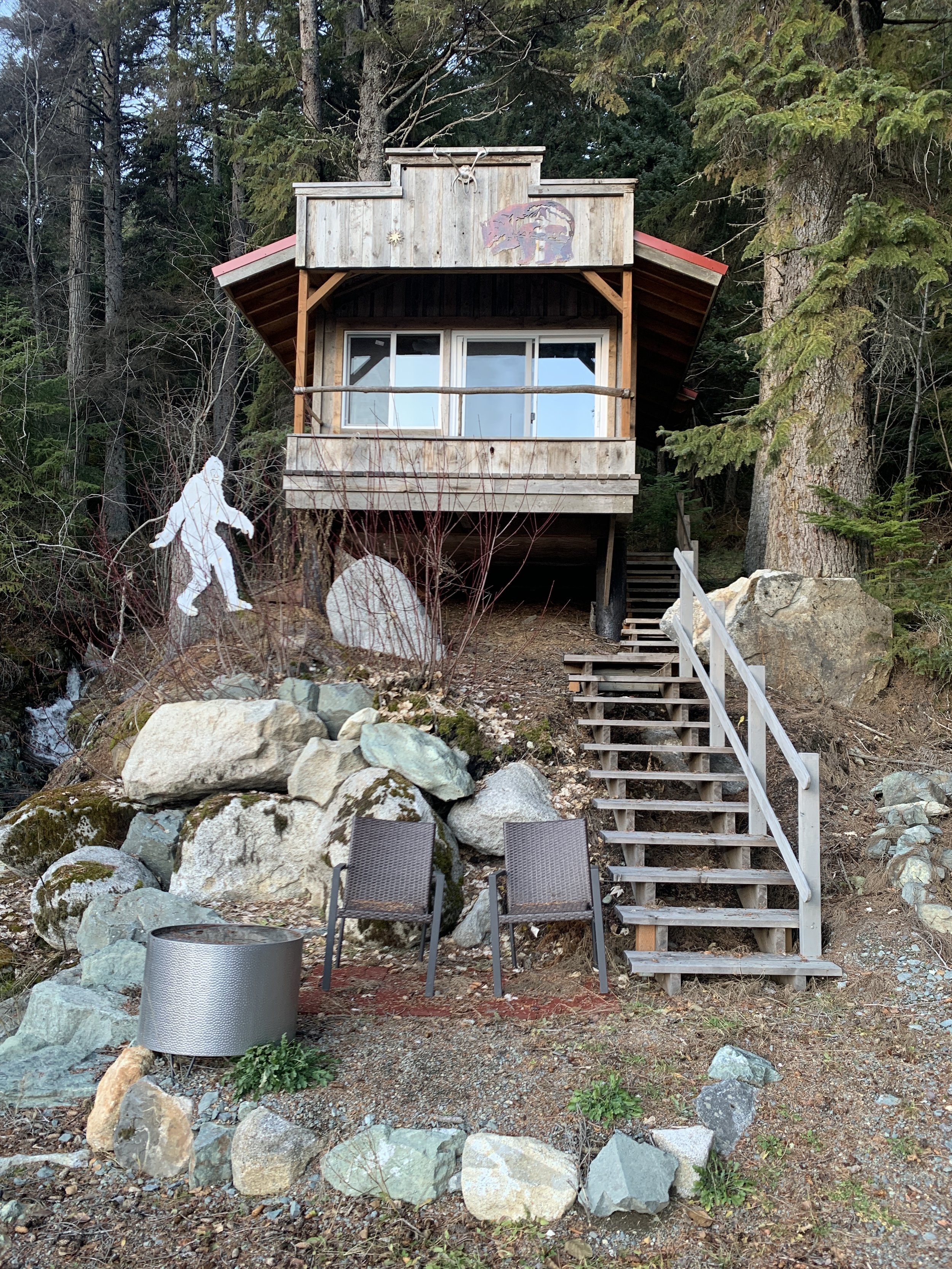Naturally
I have to look at everything in the fall. Even a sign reading “Ignore this sign” makes me look.
Time to break out the worry about winter. I watched an American kestrel bob on a utility wire it perched on during a brisk wind. Interesting fact: 27% of male American kestrels are named Bob.
I had a nice visit with Mario Benassi, a falconer in Haines, Alaska, who has a new red-tailed hawk he’s attempting to train. The raptor was interested in some grouse until a raven with a piece of meat in its bill flew by. The hawk forgot about the grouse and pursued the raven until the corvid dropped the meat.
The names they are a-changing
The American Ornithological Society (AOS) will rename 70 to 80 species in the US and Canada that are named after people or have names deemed offensive or exclusionary. This effort will start in 2024. The AOS feels the changes will help people understand the species: names that describe the bird, its habitat, its range or something else about the species convey more information about the bird than a person’s name. The decision to scrap eponyms entirely as an opportunity for positive discussions that focus on the birds. The list of names to be changed include Bachman’s sparrow, Steller’s jay, Anna’s hummingbird, Cooper’s hawk, Audubon’s shearwater, Wilson's warbler, Wilson's snipe, Harris’s sparrow, Harris’s hawk, LeConte’s sparrow, Franklin’s gull, Ross’s goose, Lewis’s woodpecker, Baird’s sandpiper, Bonaparte’s gull, Forster’s tern, Swainson’s hawk, Swainson’s thrush, Henslow’s sparrow, Lincoln’s sparrow, Brewer’s blackbird and many more. The AOS makes name changes occasionally. The northern goshawk was changed to the American goshawk, oldsquaw became long-tailed duck and the name of McCown’s longspur was changed to thick-billed longspur. AOS president, Colleen Handel, said “There is power in a name, and some English bird names have associations with the past that continue to be exclusionary and harmful today. We need a much more inclusive and engaging scientific process that focuses attention on the unique features and beauty of the birds themselves. Everyone who loves and cares about birds should be able to enjoy and study them freely—and birds need our help now more than ever.” Scientific names will not be changed.
I’m intrigued as to what the names will become and excited about the changes. Maybe we’ll look at some birds with fresh eyes.
Vultures versus pumpkins
Dr. Heather Huson of the Department of Animal Science at Cornell University in Ithaca, New York, showed me photos of a red-tailed hawk and a turkey vulture eating meat she’d placed in pumpkins. She’d put the food there to stimulate the birds. A great horned owl refused to become involved with a jack-o’-lantern. Vultures are intelligent birds and each year, I see some feeding on rotting pumpkins in fields. They eat some, nibble on some and shred some. I’ve been told they also eat grapes.
A finny walk
The Garrison Dam National Fish Hatchery is the world’s largest walleye-producing hatchery with ten million fingerling walleyes released annually in North Dakota and Wyoming. This hatchery’s role includes the spawning and stocking of endangered pallid sturgeon in the Missouri River, and the restoration of sauger and shovelnose sturgeon in Wyoming. In addition, it has a role in managing the fish population for North Dakota's salmon and trout, and fills stocking requests for walleye, northern pike and a variety of other cool-water species in the Dakotas, Montana, Wyoming and Idaho. A stroll down the hatchery’s trails offers a fishy education. Garrison Dam National Fish Hatchery is 58 miles north of Bismarck, North Dakota.
Q&A
“What is the old saying about sedges and grasses?” Sedges have edges, rushes are round and grasses have nodes all the way to the ground.
“What animal is most prone to getting rabies?” A 2021 study published in the Journal of the American Veterinary Medical Association showed 91.5% involved wildlife, with bats making up 33.9% of that total, raccoons 28.1%, skunks 18.9% and foxes 8.6% representing the primary hosts confirmed with rabies. Rabid cats 5.9%, cattle 1.1% and dogs 1.0% accounted for 94% of rabies cases involving domestic animals.
Thanks for stopping by
“Do you understand how there could be any writing in a spider's web?"
"Oh, no," said Dr. Dorian. "I don't understand it. But for that matter I don't understand how a spider learned to spin a web in the first place. When the words appeared, everyone said they were a miracle. But nobody pointed out that the web itself is a miracle."
"What's miraculous about a spider's web?" said Mrs. Arable. "I don't see why you say a web is a miracle—it's just a web."
"Ever try to spin one?" asked Dr. Dorian.”―E.B. White, “Charlotte's Web.”
“Better to wonder than to know it all.”—A.B.
Do good.
©️Al Batt 2023
The American Ornithological Society is changing all English-language names of birds within its geographic jurisdiction that are named after people (eponyms) and other names deemed offensive and exclusionary. A name that doesn’t describe a bird well can make it harder to identify and remember. A name can increase our understanding of a species and descriptive names are helpful. It will be interesting to see what name this stellar Steller’s jay ends up with. Photo by Al Batt.
A dry cabin in Alaska. It’s quite roomy.


